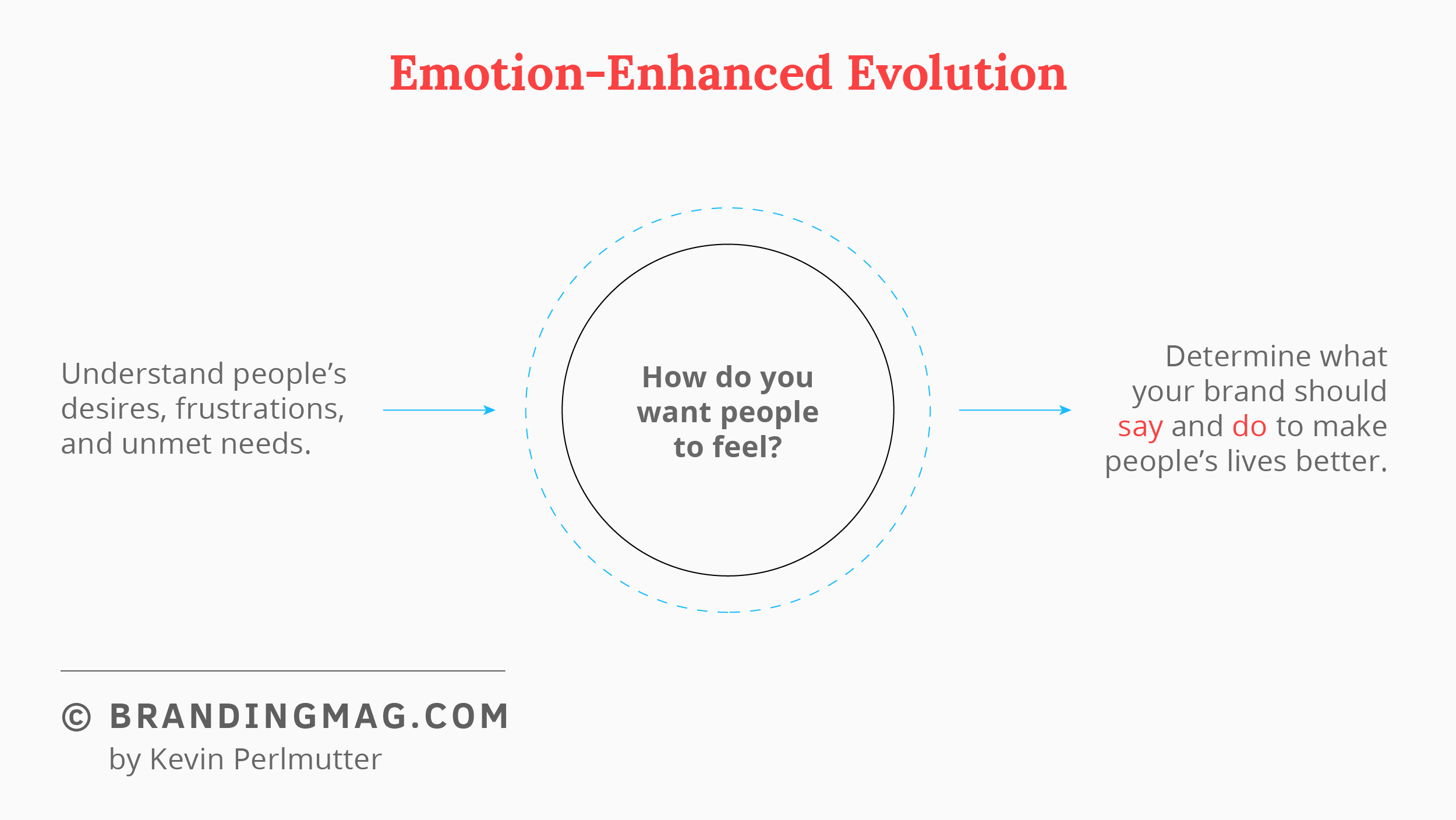
It’s every brand leader’s dream to have a greater impact on consumer behavior. We’re all looking for ways to improve performance and have a competitive edge. Oftentimes, the difference between great results and disappointing results comes from a slight twist in perspective or approach.
I’ve been a competitive, long-distance runner since high school. Early on I learned how to have an edge without a lot of extra effort. Here are a few things that are core to my approach: I lengthen my stride, enabling every step to take me further using the same energy. I run along the inside of turns to make my run less distance than it is for those who inefficiently run in the middle of the road. I power up hills and pass people who are struggling both physically and mentally, and then power down the other side with an extra-long stride while recovering. All of these little tricks help me extend my lead from those who aren’t as strategic in their efforts.
What if you had an opportunity, as a brand leader, to improve your results by applying a strategy that is proven to be both efficient and effective? It’s time to get serious about emotion.
“Emotion holds the key to achieving customer experience differentiation. Brands that want to break away from the pack should focus on emotion.” This conclusion comes from Forrester’s 2019 US Customer Experience research report.
More recently, during the global pandemic, Forrester expressed the following in its 2020 report: “To emerge successfully from this global crisis, brands must build experiences that help them engage with their customers at an emotional level… When consumer spending resumes, brands with experiences that engender customer loyalty will benefit the most.”
Year over year, research findings from various sources conclude that emotion has the largest impact on brand loyalty. Yet, for some reason, most brand leaders tend to undervalue or ignore the power of emotion and are missing out on the impact it can have on their business results.
Why emotion?
Emotions are one of the most powerful forces in our psyche. They operate at the subconscious level, controlling up to 95% of our instinctive reactions and instantaneous decisions. Thus, we react much more than we think. Our minds are constantly evaluating our environment, creating feelings, and triggering responses that we react to in milliseconds. Our cumulative emotions come from many moment-to-moment experiences that ultimately push their way to the surface of our consciousness and impact our long-term feelings and behaviors.
Research from the CMO Council has demonstrated that 47% of people will abandon poor, impersonal, or frustrating brand experiences. On the flip side, research published in the Harvard Business Review shares that customers who are “fully connected” to a brand at an emotional level are 52% more valuable than those who are “highly satisfied”. The increased customer value comes from more purchases, more referrals, and greater forgiveness when things don’t go as well as expected.
Brands that guide the creation of communications, experiences, and offerings with emotional insights to strengthen relationships with people who they want to reach, are more successful at engendering customer loyalty. Think about brands like Amazon, Disney, BMW, Netflix, Apple, PlayStation, Spotify, Adobe, and Mastercard, to name a few. The most successful can’t-live-without brands purposefully evolve to increasingly make people’s lives better.
It’s time to get emotionally involved
Despite a wealth of evidence around how much emotion affects people’s experiences and impacts business performance, most brand strategies and experiences are not designed with emotional insights. An approach rooted in emotions – understanding what people care most about – will enable you to serve your audience at a deeper level and bring your brand to life in a way that will be most responsive and appreciated.
To get started down this path, it requires a simple change in perspective and approach to guide your efforts, and focusing on this most important question:
How do you want people to feel?
This one question can be the orientation point that you bring to all of your efforts. The answer, and successfully delivering on it, has the strongest correlation to brand loyalty. Getting emotionally involved is proven to be a winning approach.
Simplify complexity with emotional insights
Tapping into emotional insights is also one incredibly effective way to bring consistency and efficiency to your many responsibilities. Brand leadership involves an ever-evolving number of responsibilities and the job consistently grows to be more complex. Top responsibilities range from articulating the brand purpose to orchestrating the customer experience, from guiding communications to deepening brand loyalty, from steering offering innovation to improving ROI.
Emotion-enhanced evolution is an approach rooted in an ongoing commitment to address emotional insights as your brand and responsibility evolve. This approach is all about prioritizing emotional insights – seeking clarity on what people care about the most. “How do you want people to feel?” becomes the filter for your foundational brand strategy and a guide for all of your ongoing brand activation efforts. It informs the evolution of your offerings, communications, and the experiences people have with your brand. This not only simplifies complexity but increases the chance of cross-functional success, as all of the ways your brand gets activated are anchored in understanding how you can make people’s lives better.
Understand people’s desires, frustrations, and unmet needs that can be addressed by your products or services
First, you’ll want to make understanding emotional insights a priority by getting in touch with people’s feelings. It’s important to go beyond typical target audience data and dig into what makes them tick to understand what they really care about the most. To get in their heads, it may require some primary behavioral science-based research, or simply studying your audience from this unique perspective. It could involve psychographic personas, empathy mapping, or other approaches. The desired outcome, regardless of approach, is having an ongoing understanding of what makes people happy and frustrated, alongside what needs are being served well or not at all. This deeper level insight will give you the information you need to ensure that their encounters with your brand are incredibly positive.
Determine what your brand should ‘say’ and ‘do’ to make people’s lives better
By understanding how people are currently feeling, and how you want them to feel, you can activate your brand to close the gap. This then enables you to determine your action plan. As you evaluate and develop brand experiences, communications, and offerings, do so in service of people’s most important needs and desires. Deliver them in ways that people will be most appreciated and rooted in how you want them to feel. A perpetual strategy of emotion-enhanced evolution means that you’re always in touch with what your brand can do to make people’s lives better.
Now is the time to get serious about emotion and to compassionately care about the people you want to reach. By simply asking the right questions and using emotional insights as a roadmap for how your brand comes to life, you’ll be ahead of the pack with a loyalty-driving approach to evolution and growth.
How do you want people to feel? Let the answer be your guide.
Cover image source: Lidya Nada
